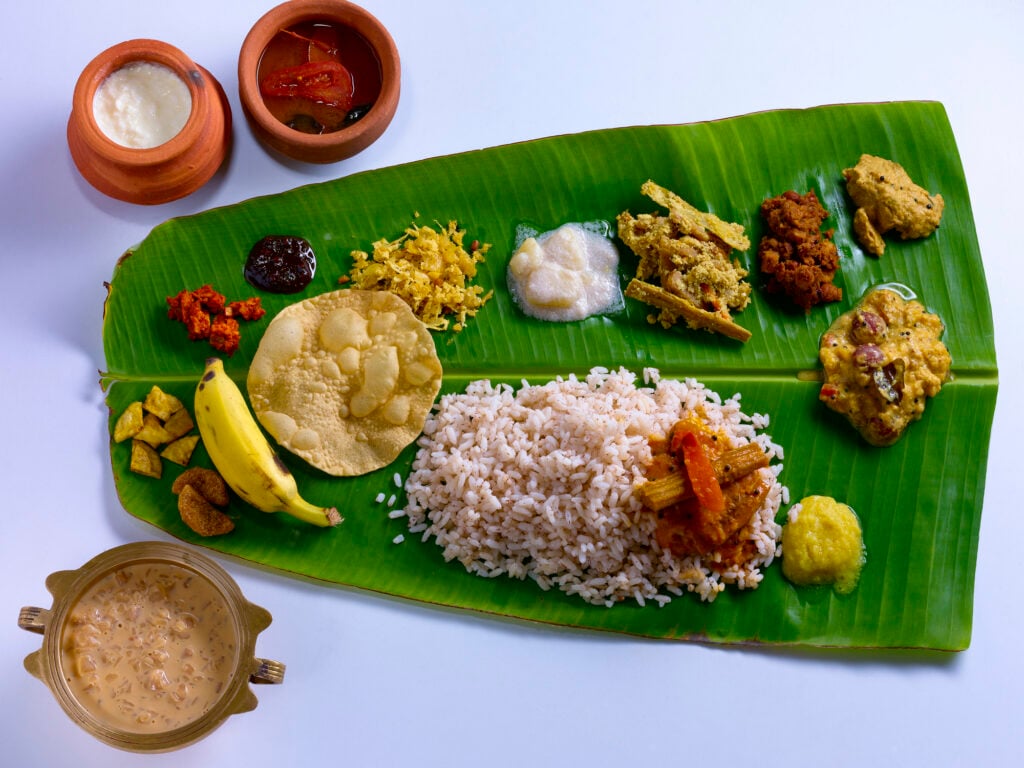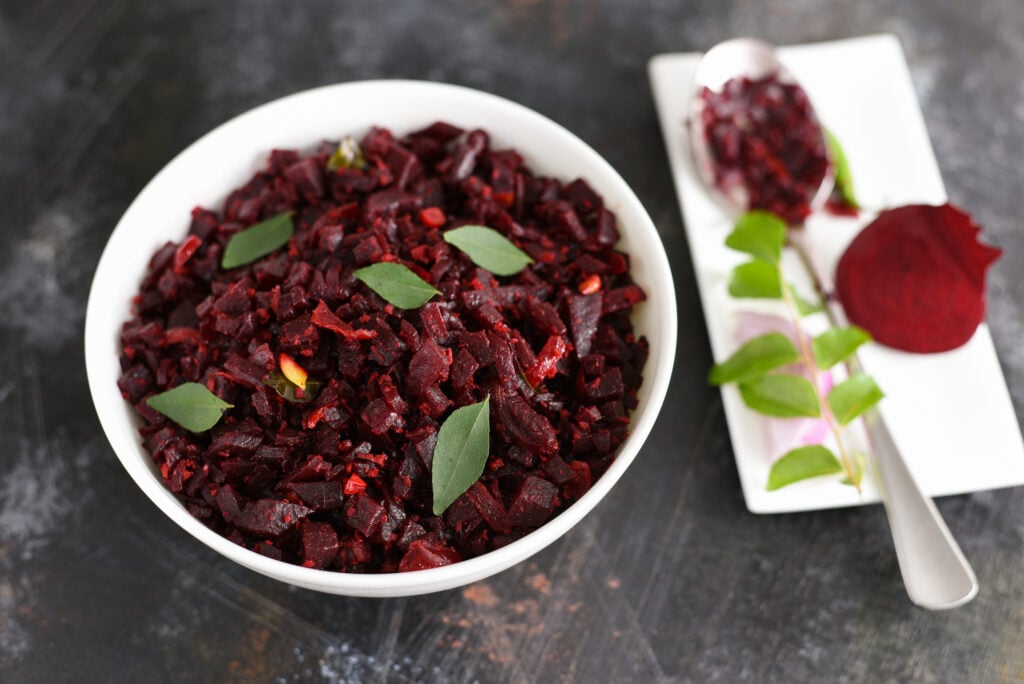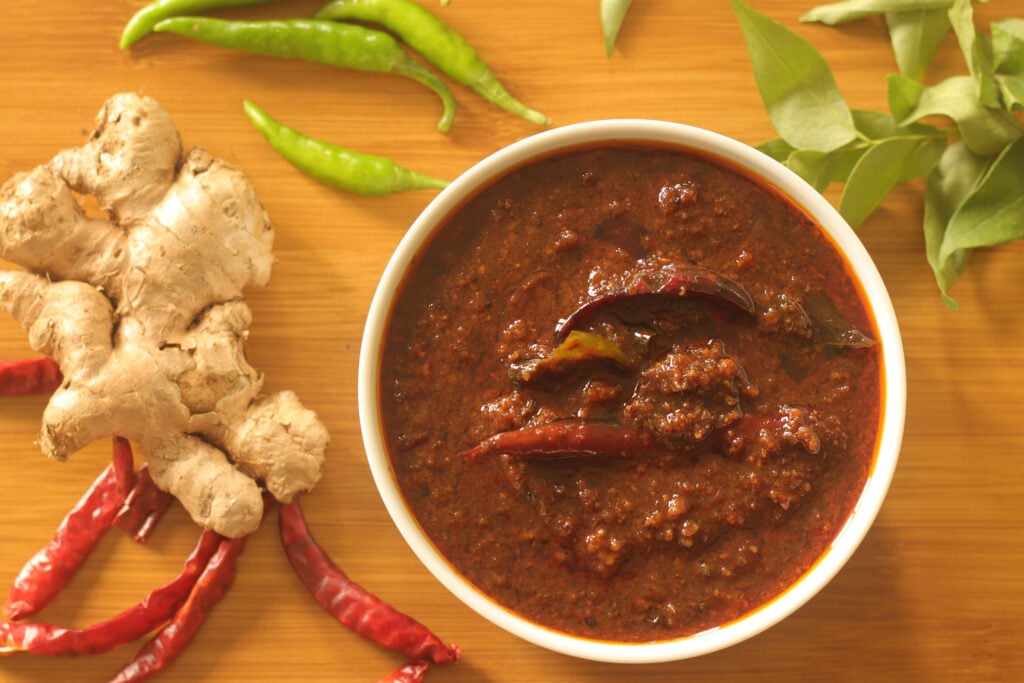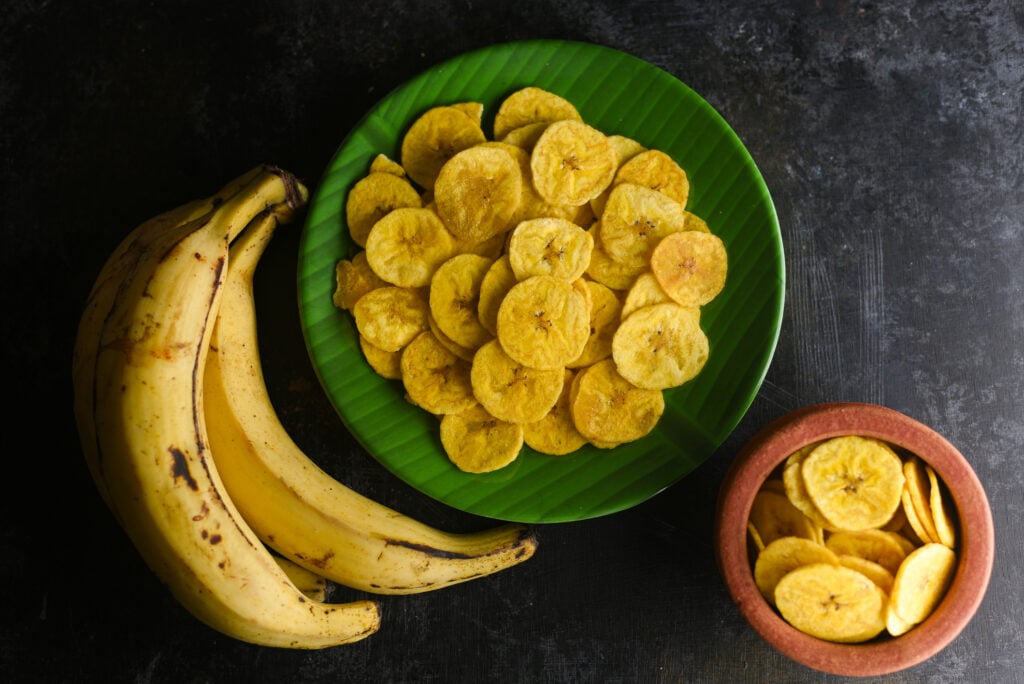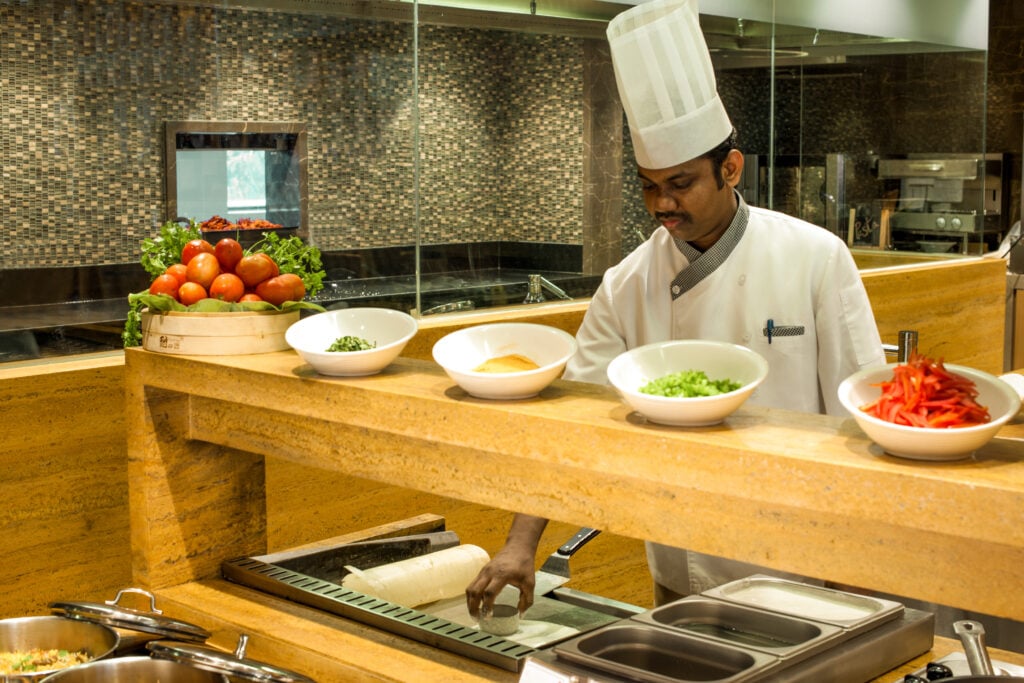Mylapore is one the oldest neighbourhoods of Chennai. If you want a get a taste of the real, old-world Chennai, a visit to Mylapore is a must. It is a blend of the traditional and modern. Most streets are lined with trees and the Kapaleeshwarar temple is a huge attraction. Mylapore is also known for the various sabhas where locals enjoy traditional classical music. Mylapore is well-known for yummy, traditional food joints that dot the area. These food joints are known as a “mess” or a place serving traditional food at affordable prices. These are not traditional hotels, so do not expect service and high-quality food.
Mylapore has some famous mess options that you could try. Let us look at some options.
Mylai Karpagambal Mess
An old mess that claims to have been functioning from 1953, Mylai Karpagambal mess has some regulars who swear by the place. What started as a small eating joint where people had to stand and eat, is now a large, AC dining place. Three generations of a Mylapore family have sustained the place: Ramadas Iyer, Sounderrajan Iyer, and Prabhu Das. Dosas are a must-try here. Also try the adai and avial (adai is a lentil pancake albeit a bit thick), and mudakathan keerai dosa (dosa made from a local spinach variety). Located very close to the main Kapaleeshwarar temple, the mess is a perfect place to enjoy food with strains of devotional music playing, surrounded by paintings of Gods and Goddesses on the walls. Whatever you eat, ensure that you finish with the signature degree coffee.
Rayars Mess
It is easy to miss Rayar’s mess because it is in a small by-lane off Arundale Street. The easiest way to find it is to look for a huge crowd outside the store in the morning before breakfast. It is an 80-year-old eatery founded by Srinivasa Rao and is very famous for its food quality. Now Rao’s grandsons Mohan and Kumar run the place. The menu remains unchanged over the years but neither has the crowd that comes to the place! Ten people can sit and eat a traditional “Elai Saapadu” (meal served on a banana leaf) here. Their loyal customers also swear by their breakfast options which include steaming idlies, vadas, and pongal. In the evenings, rava dosa, bondas and sweet dishes are served. One of their specialities is their ghetti chutney (a chutney of coconut and chillies that is not watery but served undiluted).
Mami Tiffin Stall
Located in old Pitchupillai Street, this is an old restaurant started by Vasantha Mami who came from Alwarkurichi to Chennai in 1960. She had excellent cooking skills and started a small tiffin stall (tiffin stands for regular breakfast and evening snack options like idlis, vadas, dosa and other varieties). Traditionally tiffin places did not offer full meals. Vasantha was fondly referred to as “Mami” (aunty in Tamil) by everyone, hence the stall got the name. Vasantha’s children Kapaleeshwaran and Murugan now run the place.
Although Mami Tiffin Stall started as a tiffin place, running from 5.30 pm to 9 pm, it slowly expanded and started offering breakfast and lunch as well. They have a set menu with their tried and tested food options which their customers love. They have an assortment of rice varieties with unique specialities like bitter gourd rice and humble curd rice. The specialities are the kozhukattais (dumplings) and the thavala vadais.
Jannal Bajji Kadai
This unique hole-in-the-wall (literally a shop that sells food through a window) store, is located very near the main entrance of the Kapaleshwarar temple. It is famous for its chilli bajjis, which are served straight from the frying pan, sizzling hot through the lone window. Jannal Kadai has been operational for several decades now and even its current caretakers are unaware of its history. Regular visitors to the temple never miss picking up chilli bajjis from here in the evening or breakfast items in the morning. You can choose between vazhakkai (raw banana) bajjis or chilli bajjis in the evening. On some days, bondas, dosa and idlis are also available. Expect to stand outside the window and eat or grab a parcel and eat elsewhere.
Kalathi Rose Milk
At the corner of East Mada Street is the famous Kalathi Rose Milk shop. It has been around for a century now and serves the most delicious, sweet rose milk that you can ever taste. They have a secret recipe that has been handed down the generations. What started as a shop selling newspapers has now become Kalathi Rose Milk shop. The rose milk is preservative-free, refreshing and cold. A treat in Chennai’s warm weather! The balance of the sweetness from the rose syrup and the taste of creamy milk, topped with ice is to die for!
Ratna Café
Originally started in Triplicane, Ratna Café now has a home in Mylapore. Offering traditional items like idlis, dosas, vadai and the works, Ratna café is a perfect option for those looking to get the original Mylapore experience. When you order a pair of idlies, you will be served the idlis on a plate with a generous dose of sambar poured over from a saucepan! Ratna café also started over a century ago and is very famous for their podi idli and curd rice.
Conclusion
Mylapore is a very crowded area. You may arrive by car but expect to get off and walk around. Only when you walk, will you get an idea of the ethos and the lively environment in Mylapore. Women selling fresh jasmine flowers, fruit stalls, fresh food and snacks are what you can expect to see. Do not miss the small shops around the Mylapore temple tank selling nick-knacks and glass bangles. If you are visiting Mylapore for food, remember that you will not get spiffy and conventional restaurants. What you will get instead is traditional, old-style outlets selling the yummiest food that you can find in this part of the country.













